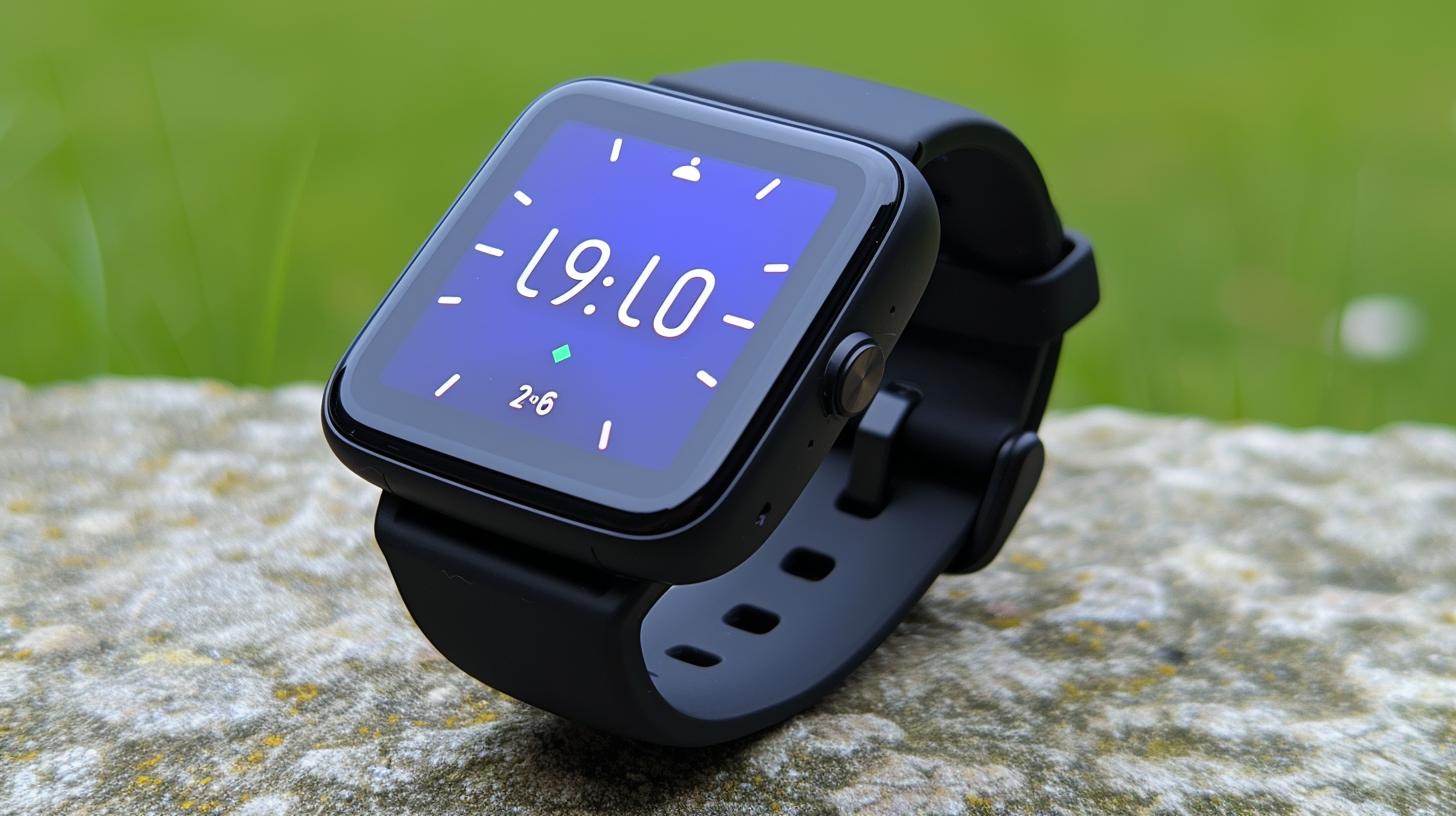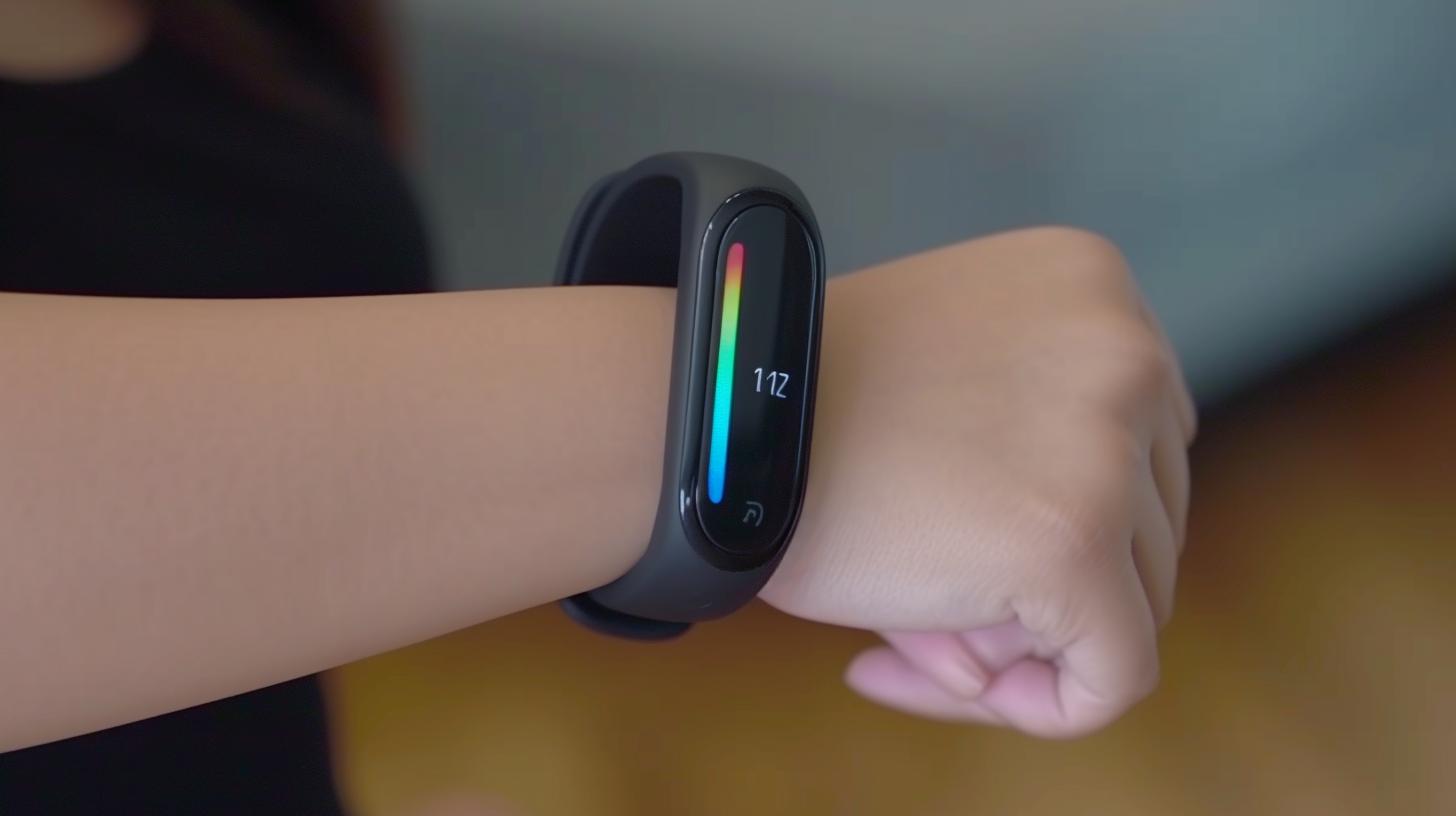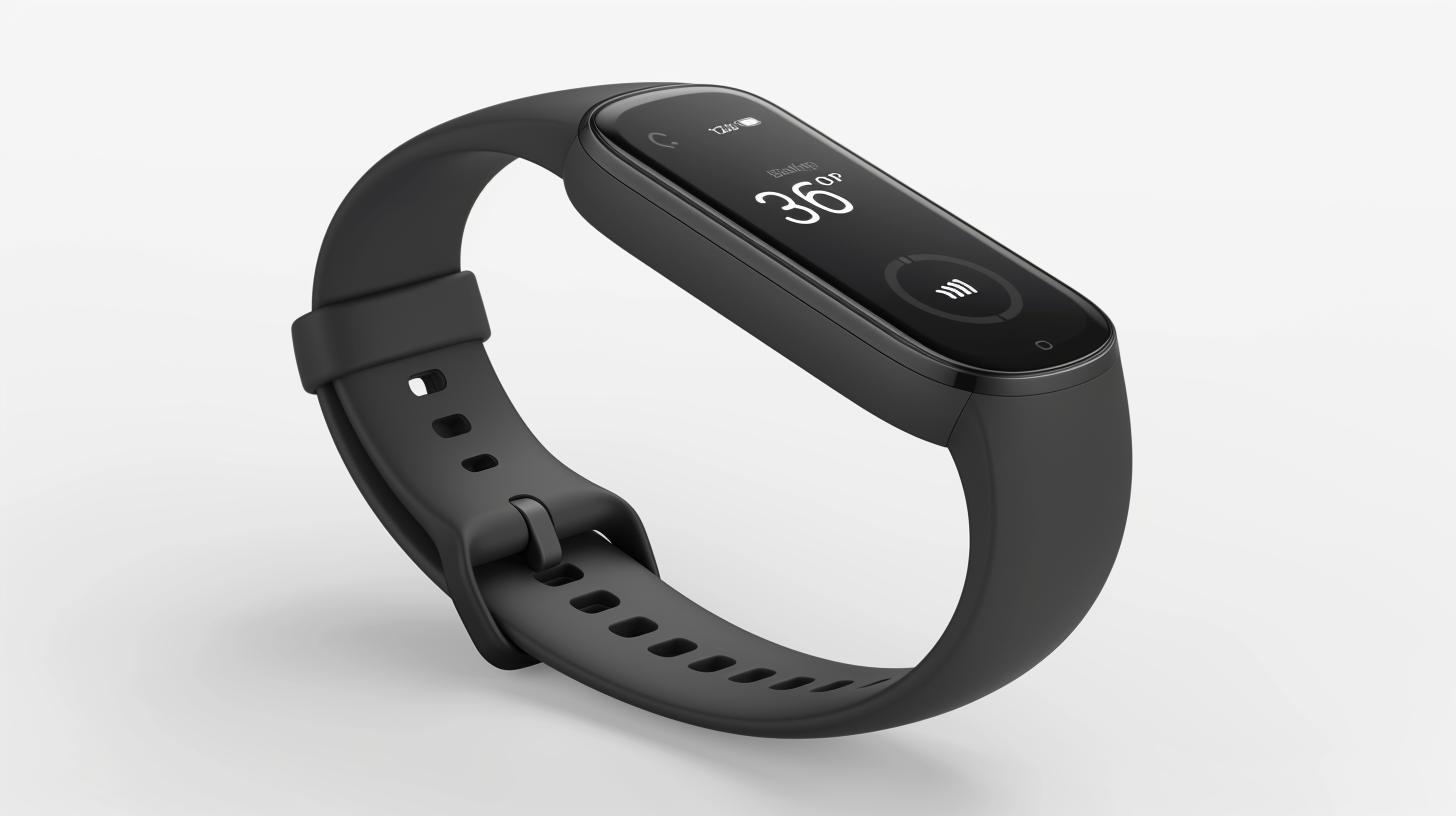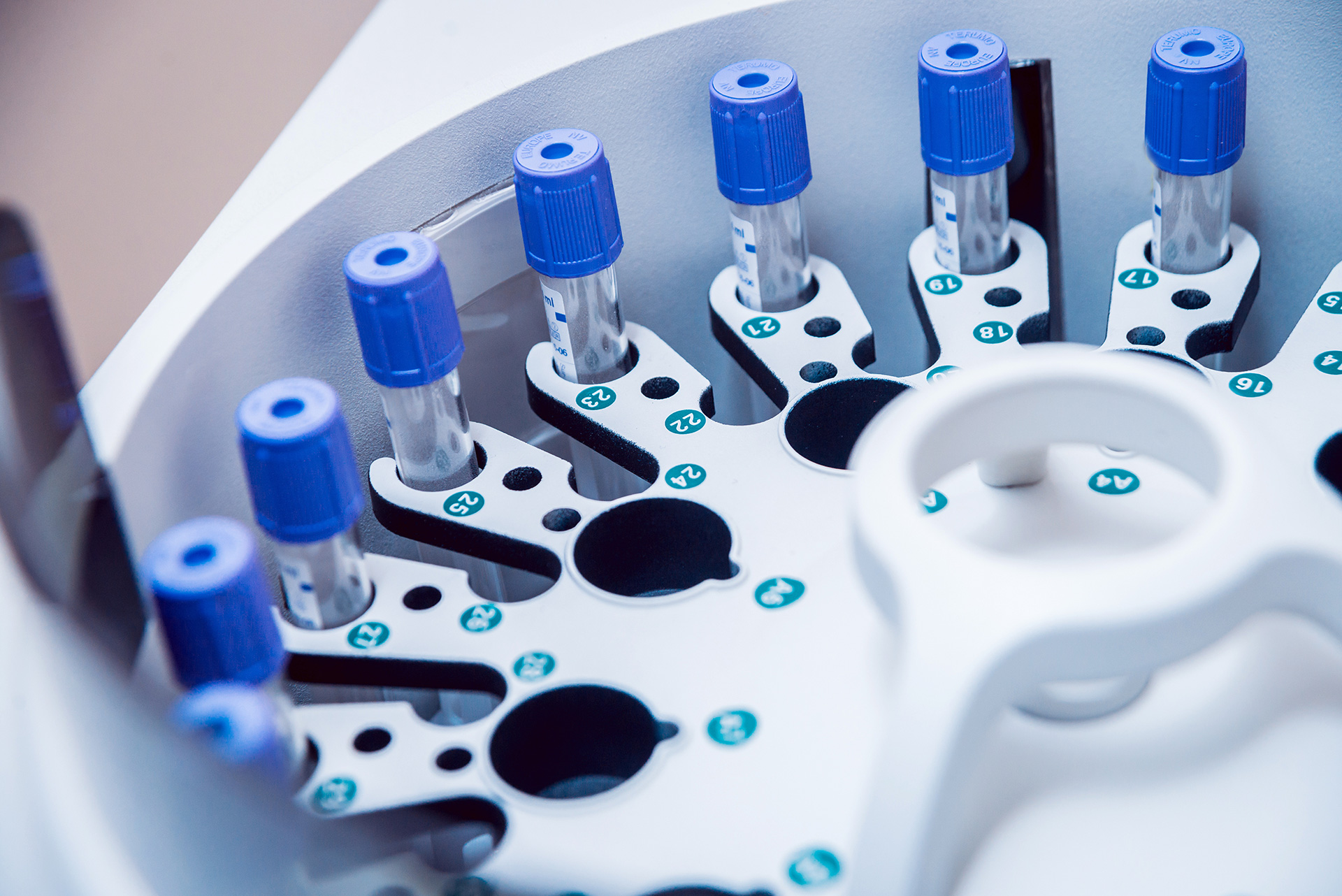
Is your Fitbit not turning on? It can be frustrating when you’re looking forward to tracking your daily activity and the device simply won’t power up. In this article, we will explore the common reasons why a Fitbit may not turn on, troubleshoot steps you can try at home, and address potential software and hardware issues that could be causing the problem.
One of the most common issues reported by Fitbit users is the device not turning on despite having a sufficient battery charge. Understanding why this might occur can help in troubleshooting and resolving the issue.
There are several reasons why your Fitbit may not be turning on. It could be due to a low battery, software malfunction, or even hardware problems. By identifying the potential causes, you will be better equipped to find a solution and get your Fitbit back up and running.
In the following sections, we will delve into common reasons for a Fitbit not turning on and provide troubleshooting steps that you can try at home. Additionally, we will discuss the importance of keeping your Fitbit charged, ways to prevent software issues, and how to properly clean and maintain your device to extend its lifespan.
Common Reasons Why a Fitbit May Not Turn On
There are several common reasons why your Fitbit may not be turning on. It can be incredibly frustrating when you’re trying to track your fitness goals and your device just won’t cooperate. Fortunately, there are a number of potential issues that could be causing the problem, and many of them can be resolved with a few simple troubleshooting steps.
Here are some common reasons why your Fitbit may not turn on:
1. Battery drain: If your Fitbit is not turning on, it could simply be that the battery has drained completely. Like any electronic device, a depleted battery will prevent it from powering up.
2. Loose or damaged charging cable: A faulty or damaged charging cable can prevent your Fitbit from receiving power properly. If the connection between the charger and the device is not secure, it won’t charge properly.
3. Software glitch: Occasionally, software issues can cause your Fitbit to not turn on. This might occur after a recent update or due to a bug in the system.
4. Water damage: If your Fitbit has been exposed to moisture or water, it may cause the device to malfunction and not power on.
5. Hardware malfunction: There could be an issue with the internal components of your Fitbit that is preventing it from turning on.
If you are experiencing any of these issues with your Fitbit, here are some troubleshooting steps you can try at home to resolve them:
It’s important to address these issues promptly because keeping your Fitbit charged is essential for tracking your activity levels, sleep patterns, and overall health. Additionally, neglecting to address hardware or software problems can lead to further damage that may be more difficult (or costly) to repair.
By understanding these common reasons why a Fitbit may not turn on and taking proper care of your device, you can ensure that it remains in good working condition for years to come. Be proactive about maintenance and follow best practices for cleaning and handling your Fitbit regularly to help maximize its lifespan.
If you continue experiencing difficulties with powering on your device despite following these steps, it may be time to seek assistance from customer support for further guidance and potential repairs.
Remember that proper maintenance and care can prevent many issues from occurring in the first place but being prepared and knowing when professional help is necessary will also go a long way in keeping your beloved fitness tracker functioning as intended.
Troubleshooting Steps to Try at Home
As frustrating as it can be when your Fitbit is not turning on, there are a few troubleshooting steps you can try at home before seeking professional help. Here are some common reasons why a Fitbit may not turn on and what you can do to try and resolve the issue:
1. Check the charging cable: Sometimes, the simplest solution is the best one. Make sure that your Fitbit is properly connected to the charging cable and that the cable is plugged into a power source. If the device battery has run out, it will not turn on until it has been charged.
2. Restart your Fitbit: Just like any other electronic device, sometimes a simple restart can fix minor issues. To restart your Fitbit, press and hold the button or buttons (depending on the model) for about 10-15 seconds until you see the Fitbit logo appear on the screen.
3. Perform a factory reset: If restarting your Fitbit doesn’t work, you may need to perform a factory reset. This process will erase all data from your device, so make sure to sync your Fitbit with the app to back up your data before proceeding with a factory reset.
4. Clean the charging port: Over time, dust and dirt can accumulate in the charging port of your Fitbit, preventing it from connecting properly to the charger. Use a small brush or compressed air to clean out any debris that may be obstructing the connection.
5. Update software and firmware: Check for updates in the Fitbit app or on the official website to ensure that your device has the latest software and firmware versions installed. Outdated software could potentially cause issues with turning on or staying powered up.
By following these troubleshooting steps, you may be able to identify and correct any issues causing your Fitbit not to turn on before considering more serious hardware problems or contacting customer support for assistance. Remember to always handle your electronic devices with care and keep them clean and well-maintained to prolong their lifespan.
Importance of Keeping Your Fitbit Charged
It can be frustrating when your Fitbit is not turning on, especially if you rely on it to track your daily activity and monitor your fitness goals. One of the most common reasons for a Fitbit not turning on is a lack of charge. In this section, we will discuss the importance of keeping your Fitbit charged and provide tips for maintaining its battery life.
Understanding the Issue
Before diving into the importance of keeping your Fitbit charged, it’s essential to understand why a drained battery can prevent your device from turning on. Like any electronic device, a Fitbit requires power to operate. When the battery level is critically low, the device may not have enough power to turn on or display any signs of life.
Common Reasons for a Drained Battery
There are several common reasons why a Fitbit may not have enough charge to turn on. Forgetting to charge the device regularly, using power-hungry features such as GPS tracking or music playback for extended periods, and allowing the battery to fully discharge before recharging can all contribute to a drained battery.
Troubleshooting Steps
To address a Fitbit that won’t turn on due to a drained battery, start by connecting it to its charger and ensuring that it is properly seated in place. If this does not resolve the issue, try using a different charger or charging port. It’s also advisable to allow the device to charge for at least 30 minutes before attempting to turn it on again.
Preventative Measures
To prevent your Fitbit from running out of charge and potentially not turning on, it’s important to establish a regular charging routine. Make it a habit to charge your device at the same time each day, especially if you use power-intensive features frequently. Additionally, consider disabling unnecessary features when not in use and enable battery-saving modes if available.
Maximizing Battery Life
In addition to keeping your Fitbit charged regularly, there are other steps you can take to maximize its battery life. These include adjusting screen brightness settings, updating firmware regularly, and avoiding extreme temperatures that can impact battery performance. By implementing these strategies, you can help ensure that your Fitbit remains operational when you need it most.
Addressing Potential Software Issues
When your Fitbit is not turning on, it can be frustrating and worrisome. However, one common reason for this issue could be related to software problems. Sometimes, a simple glitch or error in the device’s software can prevent it from powering up as it should.
One troubleshooting step to address potential software issues is to perform a reset of your Fitbit device. This can often resolve minor software glitches and get your device back up and running. To do this, you will need to refer to the specific instructions for your model of Fitbit, as the reset process can vary between different devices.
Another software-related issue that may cause your Fitbit not to turn on is an outdated or corrupted firmware. If this is the case, you may need to update the firmware on your device to fix the problem. To check if a firmware update is available for your Fitbit, you can use the companion app on your smartphone or visit the official Fitbit website for instructions.

In some cases, certain apps or features on your Fitbit may also be causing conflicts that prevent the device from turning on properly. It’s important to ensure that all apps and software on your Fitbit are updated to their latest versions to avoid compatibility issues that could lead to power-up problems.
Regularly checking for software updates and performing necessary resets can help prevent potential software issues from causing your Fitbit not to turn on when you need it most.
| Troubleshooting Step | Instructions |
|---|---|
| Performing a reset | Refer to specific instructions for your model of Fitbit |
| Updating firmware | Check availability through companion app or official website |
| Updating apps and features | Ensure all apps and software are updated regularly |
Exploring Hardware Problems That Could Cause a Fitbit to Not Turn On
Dead Battery
One of the most common hardware issues that can cause a Fitbit to not turn on is a dead battery. If your device has been inactive for an extended period or has not been properly charged, the battery may have drained completely. In such cases, the Fitbit will not power on when you attempt to use it. It’s important to regularly charge your Fitbit to prevent this issue from occurring.
Charging Port Problems
Another potential hardware problem that can result in a Fitbit not turning on is related to the charging port. If the charging port on the device is damaged, dirty, or obstructed in any way, it can prevent the Fitbit from receiving a charge and powering on. Check the charging port for any debris or damage, and ensure that the charger is properly connected.
Faulty Power Button
The power button on a Fitbit can also be a source of hardware issues that lead to the device not turning on. Over time, the power button may become stuck, loose, or unresponsive, preventing you from being able to power on your Fitbit. If you suspect an issue with the power button, contact customer support for further assistance.
Moisture Damage
Exposure to moisture or water damage can also cause a Fitbit to not turn on. If your device has come into contact with water or sweat and is now experiencing issues with powering on, it’s possible that internal components have been damaged. To prevent moisture-related problems, always remove your Fitbit before showering or swimming and avoid wearing it during activities that may result in excessive sweating.
Battery Connector Issues
The battery connector within a Fitbit can also be a potential source of hardware problems leading to the device not turning on. If there are issues with the battery connector such as corrosion or disconnection, it can prevent the Fitbit from receiving power and functioning properly. If you suspect an issue with the battery connector, seek professional assistance for repair or replacement options.
Tips for Extending the Lifespan of Your Fitbit
There can be several reasons why your Fitbit is not turning on. It could be related to charging issues, software problems, or even hardware malfunctions. Understanding the common causes can help you troubleshoot the problem more effectively.
One of the most common reasons for a non-responsive Fitbit is simply that it needs to be charged. If the battery has completely drained, your device may not turn on until it has been sufficiently charged. Another common issue is a faulty charging cable or port, which can prevent the device from receiving power.
Troubleshooting Steps to Try at Home
If you are encountering an issue with your Fitbit not turning on, there are several troubleshooting steps you can try at home. First, ensure that your Fitbit is properly connected to its charger and that the charger itself is plugged into a working power source. You can also try using a different charging cable and port to see if this resolves the issue.

Once you have confirmed that your Fitbit is charging properly, attempt to restart the device by pressing and holding the side button for 10-15 seconds. If this does not work, performing a factory reset may help resolve any underlying software issues that are preventing your Fitbit from turning on.
Importance of Keeping Your Fitbit Charged
Keeping your Fitbit charged is crucial if you want to avoid encountering issues with the device not turning on. Regularly charging your Fitbit as recommended by the manufacturer can help ensure its proper functionality and longevity.
In some cases, software glitches or bugs may be causing your Fitbit to not turn on. Ensuring that your device’s software is up-to-date can help prevent these issues. Additionally, performing a factory reset as previously mentioned may also resolve any persistent software problems.
| Issue | Potential Solution |
|---|---|
| Fitbit not turning on | Check if device needs charging; use alternate charging cable/port; perform factory reset |
| Software glitches | Update device’s software; perform factory reset if necessary |
How to Properly Clean and Maintain Your Fitbit
Proper maintenance of your Fitbit is essential to ensure its longevity and optimal performance. Regular cleaning and care can help prevent issues such as the Fitbit not turning on. In this section, we will discuss the best practices for cleaning and maintaining your Fitbit to keep it in good working condition.
First and foremost, it is important to regularly clean your Fitbit to prevent dirt, sweat, and other residue from accumulating on the device. To clean the tracker, gently remove the band from the tracker itself. Use a mild detergent-free soap and water to wipe down both the band and the tracker. Be sure to thoroughly dry the components before reassembling them.
Additionally, it is recommended to regularly clean the charging contacts on both the tracker and charger with a slightly damp cloth. This helps ensure a strong connection for charging, which is crucial for maintaining sufficient power levels in your device.
When not in use, store your Fitbit in a cool, dry place away from direct sunlight and extreme temperatures. Avoid exposing your device to harsh chemicals or solvents, as these can damage the materials.
In terms of maintenance, regularly check for any signs of wear and tear on the band or tracker itself. If you notice any cracks, fraying, or other damage, it may be time to consider replacing these components.
By following these cleaning and maintenance guidelines, you can help prolong the lifespan of your Fitbit and reduce the likelihood of encountering issues such as the device not turning on. Proper care and maintenance are crucial for ensuring that your Fitbit continues to function optimally for years to come.
The Benefits of Using a Fitbit and How to Prevent the Device From Not Turning On
Fitbit devices have become increasingly popular in recent years due to their ability to track fitness and health data, making them an invaluable tool for individuals looking to improve their overall well-being. However, encountering issues with the device not turning on can be frustrating and hinder your ability to utilize its many benefits.
One of the main advantages of using a Fitbit is the insight it provides into your daily activity levels, sleep patterns, and overall fitness progress. By consistently wearing and utilizing your Fitbit, you can gain valuable information about your health and take proactive steps toward achieving your wellness goals.
Whether you’re looking to increase your daily step count, improve your sleep quality, or monitor your heart rate during workouts, a Fitbit can provide you with the data needed to make informed decisions about your lifestyle.
To prevent the device from not turning on, it’s essential to prioritize proper care and maintenance of your Fitbit. As outlined in previous sections, ensuring that your device remains charged is crucial in preventing any power-related issues. Additionally, regularly cleaning and inspecting the device for any signs of damage will help mitigate potential hardware problems that could lead to it not turning on.
Moreover, taking proactive measures to address potential software issues can also contribute to preventing the device from not turning on. This includes regularly updating the device’s firmware and troubleshooting any connectivity issues that may arise. By staying attentive to these aspects of maintenance, you can minimize the likelihood of encountering functionality problems with your Fitbit.
Incorporating these preventative measures into your routine will not only extend the lifespan of your Fitbit but also enable you to continue reaping its many benefits without interruption. By understanding how best to care for and maintain your Fitbit, you can ensure that it remains a reliable tool for improving your overall health and fitness.
When to Contact Customer Support for Assistance With a Fitbit That Won’t Turn On
In conclusion, owning a Fitbit can be a great motivator for maintaining an active lifestyle and tracking your health and fitness goals. However, there are times when you may encounter issues with your device, such as it not turning on. It can be frustrating, but understanding the common reasons and troubleshooting steps can help you resolve the issue and get back to using your Fitbit as intended.
It’s essential to keep your Fitbit charged regularly to prevent it from not turning on. By following simple charging practices and ensuring that the device is properly connected to the charger, you can avoid encountering power-related issues. Additionally, paying attention to potential software updates and addressing any software issues promptly can help maintain the functionality of your Fitbit.
Moreover, exploring hardware problems that could be causing your Fitbit not to turn on is crucial in identifying any physical damage or issues with the device’s components. Being mindful of proper care and maintenance of your Fitbit can also extend its lifespan and prevent potential malfunctions.
Properly cleaning and maintaining your Fitbit is also important in preventing any technical difficulties. Regular cleaning with a soft, damp cloth can help keep the device in good condition. Lastly, being aware of the benefits of using a Fitbit and how it can contribute to your overall well-being emphasizes the importance of resolving any issues related to it not turning on.
If after trying all the troubleshooting steps at home, you still find that your Fitbit is not turning on, it may be time to consider contacting customer support for assistance. They can provide further guidance or offer solutions to address any persistent issues you may be experiencing with your device. Remember that reaching out for professional assistance when necessary can help you get back to enjoying the full benefits of using a Fitbit without unnecessary frustration or inconvenience.








